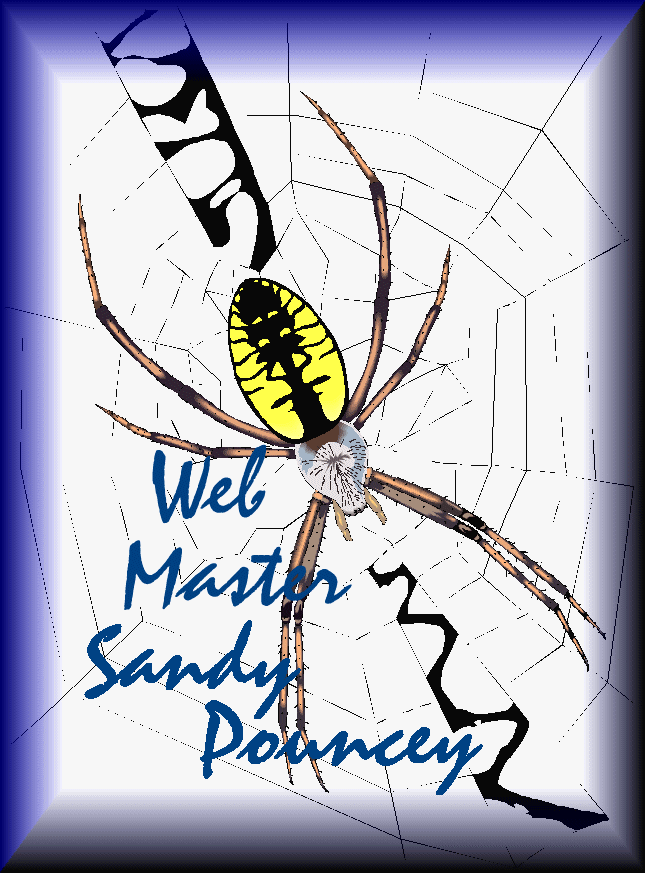

This family contains some of our largest and most spectacular caterpillars. Larvae of some species spin large silken cocoons in which to pupate, thus the names silk moths and silkworms. Caterpillars of some species are gregarious for at least a part of their development; others are solitary feeders throughout. Some common species follow.
![]() PINKSTRIPED OAKWORM - Anisota virginiensis (Drury)
PINKSTRIPED OAKWORM - Anisota virginiensis (Drury)
![]() ORANGESTRIPED OAKWORM - Anisota senatoria (J.E. Smith)
ORANGESTRIPED OAKWORM - Anisota senatoria (J.E. Smith)
![]() GREENSTRIPED MAPLEWORM - Dryocampa rubicunda (F.)
GREENSTRIPED MAPLEWORM - Dryocampa rubicunda (F.)
![]() IMPERIAL MOTH - Eacles imperialis (Drury)
IMPERIAL MOTH - Eacles imperialis (Drury)
![]() REGAL MOTH (Hickory Horned Devil) - Citheronia regalis (F.)
REGAL MOTH (Hickory Horned Devil) - Citheronia regalis (F.)
![]() THE PINE DEVIL - Citheronia sepulcralis (Grote and Robinson)
THE PINE DEVIL - Citheronia sepulcralis (Grote and Robinson)
![]() BUCK MOTH - Hemileuca maia (Drury)
BUCK MOTH - Hemileuca maia (Drury)
![]() POLYPHEMUS MOTH - Antheraea polyphemus (Cramer)
POLYPHEMUS MOTH - Antheraea polyphemus (Cramer)
![]() PROMETHEA MOTH (Spicebush Silkmoth) - Callosamia promethea (Drury)
PROMETHEA MOTH (Spicebush Silkmoth) - Callosamia promethea (Drury)
![]() "TULIPTREE SILKMOTH" - Callosamia angulifera (Walker)
"TULIPTREE SILKMOTH" - Callosamia angulifera (Walker)
| [ Lepidoptera ] [ Foliage Feeders ] [ Crown Insects ] [ Alabama Trees ] |
|
To Lacy L. Hyche |
|
To Web Publications |
|
To Main Page |
All photos courtesy of Lacy L. Hyche
|
Any comments on the design of this page can be sent to the | 
|